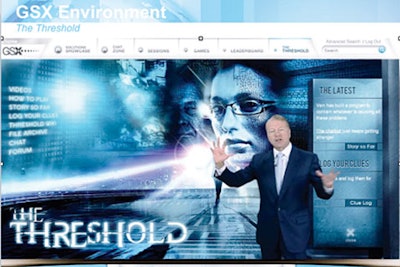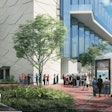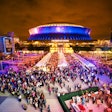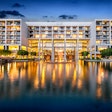
When employees are scattered across the country, creating the sense that you’re all part of one team can be a challenge. But there are various tactics—and technologies—that can help create bonds among far-flung staffers.
At Cisco’s offices in San Jose, California, Angie Smith, the company’s senior manager of global sales experience and global sales operations, designed a virtual meeting attended by more than 19,000 employees in 100 countries in 2009. Rather than attend a company-wide meeting in Las Vegas, employees worked in teams to solve clues in a virtual game held in conjunction with the meeting’s online sessions.
“The games were tied to Cisco messaging and content,” Smith says. “There were 13,000 [people] involved in the gaming…they collaborated across the world and tried to solve clues in the alternate reality game. It was just insane.” For this year’s meeting, Cisco created another virtual game, but the meeting itself wasn’t held entirely online. Rather, employees gathered at offices around the world in August and connected to a virtual meeting platform to participate in general sessions.
Kimball Fisher, whose Portland, Oregon-based consulting firm, the Fisher Group, trains companies like Hewlett-Packard and IBM on teambuilding techniques, suggests working teambuilding into weekly meetings. “You’ve got to create the virtual water cooler experience for people,” he says. “It’s really important you have a regular time that you get together—either over a Web conference or a teleconference—and that you take some time at every one of those meetings to get to know each other a little bit.”
“I’m working with a client at IBM who has 65 direct reports. Before their regular conference call he will interview three to five people and find out some interesting things about them that other people would not know, then he will ask the others to guess who he’s describing,” Fisher says. “It takes maybe 10 minutes, but he reports that investing that bit of time helps people do things they would normally do if they were face to face.”
Of course, getting people in the same room always helps, if you can afford it. To create a feeling of connectedness among employees at Switch, a St. Louis-based experiential marketing firm with offices in Atlanta, Phoenix, and Dallas, chief creative officer Ann Castellano says the company has flown in employees from other cities for an annual field day in the fall. But the interaction starts when they’re still spread out: Employees volunteer to be team captains and a draft day is held about one month prior to the event. “Once the teams are drafted, each team develops an identity,” Castellano says. “The day of the event is a competition. There are a series of eight events—physical, intellectual, and social challenges. It’s a really good time.”
On the evening before the event, Switch conducts a company-wide meeting and each team is given a 30-second spot to introduce themselves. At the end of the competition, prizes are awarded to the top three teams and a spirit award is given to the group that demonstrates outstanding creativity, sportsmanship, and enthusiasm. “It’s so well worth the investment,” Castellano says. “The stories made that day live on throughout the year.”



















